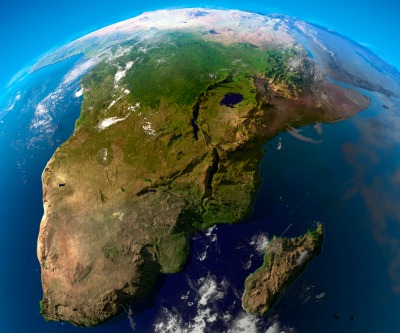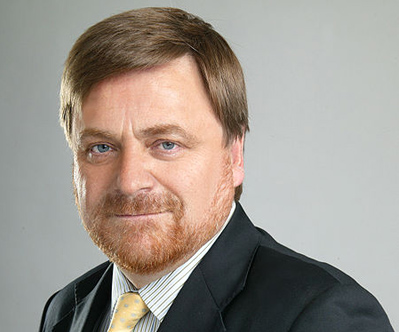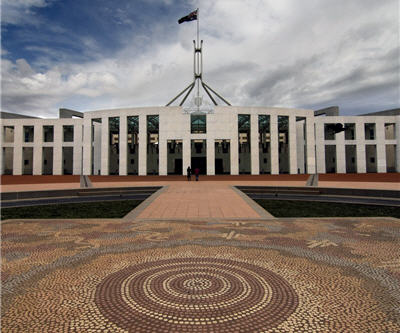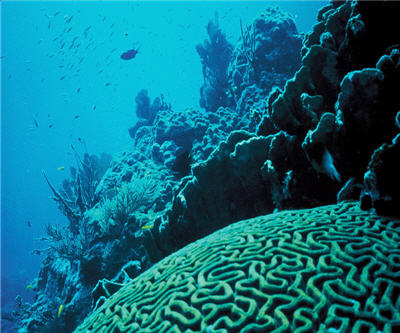Coal and ports investments set to transform Mozambique
Reuters reports the board of Brazil's Vale has approved a $6 billion expansion of its Moatize coal project in Mozambique to lift output to 22 million tonnes per year from the 11 million tonnes it expects to mine initially with first production forecast for the second half of 2014.
The country's Tete province is believed to hold one of the world's largest untapped coal reserves that has been compared with Australia's coal-rich Bowen Basin. Mozambique suffered a 15-year long civil war that ended in 1992 and remains one of the poorest countries in the world, but the ex-Portuguese colony 7% economic growth this year is forecast to accelerate thanks to billions in mining and infrastructure spending. The Mozambique metical is also the world's best-performing currency.









